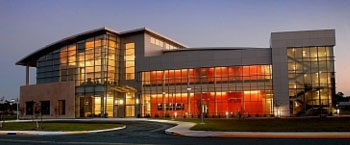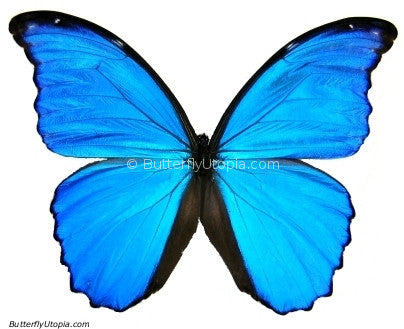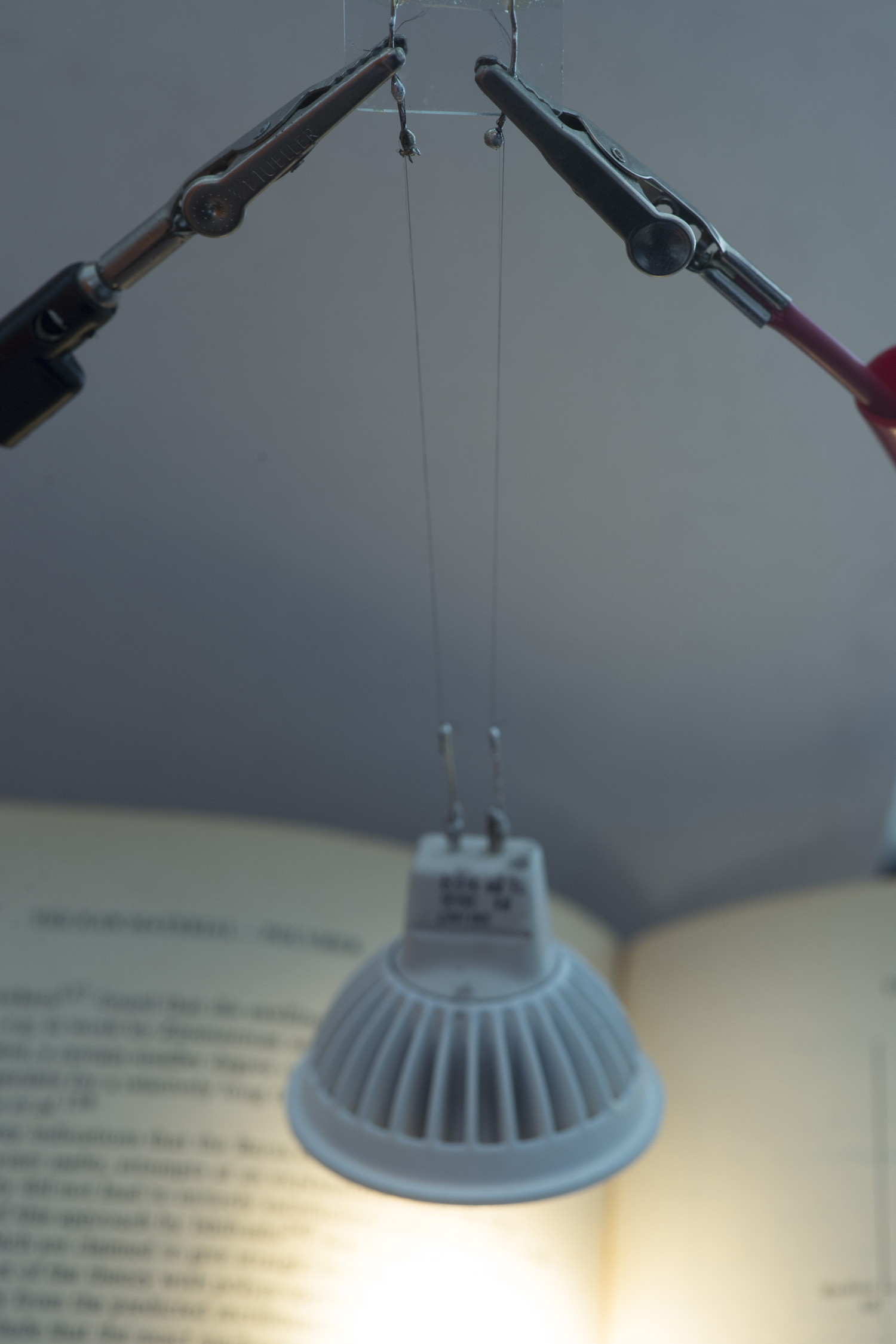The conference was held at the offices of Akerman Sinterfit in NYC. The conference started with an off-site tour of the Shapeways Inc. factory in Long Island City. The invitations to the conference were made four days before the conference which is shorter than usual. Scott indicated that Sandy delayed some of the preparations. This may explain the smaller that usual attendance and lower variety of companies present. There were no power point presentations so it was hard to identify all the individuals and companies. I made a best effort.
Jon Wellinghoff, Chairman of
FERC
Energy oversight and regulation for utilities, nuclear power plants, and gas export licensing plus they oversee sales of energy transmission through the US expect for Texas because it has its own power network. Jon describes what he sees as three disruptive trends:
- Slowdown in the growth of electricity due to increased efficiency
- Internet of things moving to the Smart grid
- Distributed power generation
Distributed generation will cause utilities to change their rate structure, but the utility rate structures are a disincentive for innovation. The utility makes money by building big traditional energy projects so innovation isn’t needed to make money. In response to questions: Jon thinks it will take around 10 years for wave generators to become competitive. Germany has 2.5x more PV installed compared with the US and is at the latitude of Maine
Karen Lightman Executive Director of the
MEMS Industry Group gave the presentation. Noah Himberger Program Director was also present but did not speak.
MEMS are 40 years old now, and were first developed at Westinghouse. Inkjet printer heads are and example of mature MEMS enabled devices, but MEMS are now being used for microfluidics devices for new applications. The industry generates $l0B/year. The MEMS group has 145 member companies, but for all its size there are only two market analyst and very few VCs that are active in this industry. The MEMS Industry Group has a
LinkedIn group, a twitter feed @MEMSGroup, and a searchable member database. Karen had three member company representatives speak at the talk.
- Edgar (not sure of his affiliation) talked about lnvenSense which is a $900M company that makes MEMS gyroscopes, accelerometers, and compasses. These are used as part of a MEMS navigation system. InvenSense raised $60M. Edgar indicated that having samples makes it easier to raise money.
- Robert from microGen described their MEMS device converts vibrations to electricity also known as piezoelectric energy harvesting technology. One of their micropower generators can produce an output voltage > 10 Volts, and output power >100 uW @ 120 Hz and G > 1.0 g. Microgen has a very mixed customer base because energy generation for sensors is very diverse.
- Sam from Sand 9 talked about MEMS resonators for wireless communications. The MEMS resonator replaces quartz crystal oscillators and can be integrated into the IC reducing the size of the system. Sand 9 has received investments from Intel Capital, Paul Allen, Ericsson, and Khosla Ventures. The company is well financed. According to Sam and it took six months before Paul Allen made his investment.
A discussion followed each person’s statements and included some of the following comments
- According to Sam, the problems in the MEMS industries include a lack of standards and a lacks of capital. Foundries now have a MEMS process that helps new entrants. Access to government capital/funding will be limited in the future due the Republican congress.
- Jon says that data centers are finding ways to reduce energy by reducing power & heat loads.
- Sand 9 had Intel to help then get into reference designs for cell phones.
- Presently, data centers use more energy than India.
- MicroGen thinks MEMS microprojectors will be big soon
Next,
Scott Livingston of
Livingston Securities spoke about the opportunities for investing in nanotechnology. He envisions creating a large base of small investors that can participate in the IPO market for nanotechnology companies. Livingston Securities did 21 transactions this year and hopes to do 60 next year. Scott sees too few investment banks controlling IPO deals and would like to offer smaller scale IPO opportunities ($20M range) supported by his base of nanotechnology investors. He said the average first day pop for his IPOs was 5.8%. Scott indicated that VC investing has dried up as VCs are saving their capital for later stage investments in their portfolio companies. A $2M initial investment implies a $6M investment in the next round so the VC shares do not get diluted. Later stage round will require even larger investments. Angel investing is also slow now. Scott thinks that the Jobs Act can really help small companies raise money and help the IPO industry. He thinks that companies should raise $2M in VC money now and them raise $15M in the IPO market. He would rather eat glass than crowd funding a company due to the lack of knowledge about the investors, the $lM max raise, and the lack of regulatory requirements on the crowd funding community. Scott has regulatory requirements that protect his investors.
Frank form
Nano Terra is working to commercialize the works of Harvard professor Whitesides’ patent portfolio which are biotechnology related. The company’s strategy is to partner with competitors to lower the capital requirements of commercializing their technology. The use no VC money in the process, but get funds from the founders and corporate partners. They don’t find working with VC fruitful. They have been developing technology with Boeing, Merck, and 3M.
Alan from
CVAC System makes a pod that allows users to experience low pressure. This system promotes equivalent of exercise and training that is more effective than doping regiments for athletes. The system is being studied to treat and prevent type 2 diabetes. 9/11 first responders have reported to breathe better using the system. The company has 160 investors, has raised $3M ($10,000 is the minimum investment), and generated $2M in revenues from prototype sales. The systems are sold as sports equipment in the US. The WSJ has a short
article about the pod.
Harry from
NanoTox produces nanotoxicology reports for Fortune 100 companies. The company helps clients identify and resolve any health and safety issues with their nanotech products. They work with European companies and advise the insurance industry as well.
Greg Adams from
Green Earth Technologies makes green motor oils from a bio base made from plants and animal fat that is grown in the US. The company has raised $20M to date.
Bai Xu from
Nano Med Devices showed a device that can inject compounds through the skin without damaging it. The primary application is skin care. Most cosmetics and creams are placed on the skin do not penetrate the skin so they are not as effective. His device contains microstructures that can place compounds under the skin.
Mostafa Analoui is the head of Healthcare at
Livingston Securities and he spoke about healthcare and nanobiotechnology.
Healthcare: Corporations have $1.5T in cash on sidelines. Mostafa thinks that this money may get invested if W.DC. gets its house in order. Presently, medical companies are supporting Republicans. VCs are behaving like a mini private equity firms and have shifted toward late stage investments. Four VCs invested $220M in a healthcare company, for example. Healthcare companies return 20% per year, and the trend has been for the final IPO price to be lowered just before the offering goes public. 19 IPOs in biotech (includes medical devices) and 28 Pharmas in the past have become just 5 IPOs more recently. It costs $2.5M cost to go public and $1.5M/yr to stay public.
Nanobio: Most of the nanobio companies failed or did not do well over the last 10 years, but there is some positive activity recently. MEMS are moving faster than expected. Modify an existing diagnostic device by making it better is highly desired by investors. Microchip is adding seniors to detect Insulin without pricking your fingers, for example. What are the tax implications of the healthcare act on medical devices? The answer will determine if or how the $1.5T gets invested. We spend 17% on health care in the US. With the Affordable Care Act the healthcare industry will sell more, but will have lower margins. There is lots of waste in the US healthcare system. Alzheimer's disease drugs will be big because it is the most likely disease long lived individual can expect to get followed by cancer. Pfizer made a 100GB filing with FDA for a new drug which contains 100,000 people in the study. About 20% of people in trials cheat which causes a lot of noise in the data. New technology will keep people from cheating and make them follow the protocol. Personalized medicine is complicated and expensive (the business model not known at this point). Off-label medicine ends up in clinical trials because doctors see interesting trends in their patients. Smaller revenue with targeted revenues results in negative ROI for the industry. Precision medicine will be difficult because the cost of drug development is so high. Pfizer s thinks nanotechnology is good for Pharma and Biotech because it can deliver drugs precisely.
Wolfgang Huebschle from the
Bavarian US Offices of Economic Development helps small and mid-sized companies partner and do business in Germany. Incubators are available and they can provide real estate without having to commit to a lease. Companies with market caps of $100M are in the sweet spot for his group.
Mike from the
NYEDC which works on projects to develop growth for the NY City. They are presently working to develop a biotech industry for the city.
Stijn Craemer from the
Netherlands Foreign Investment Agency and helps companies do business in the Netherlands.
Joan Stanescu from the Lehigh University
Center for Advanced Materials and Nanotechnology works to build partners with industry and government to promote education and nanoscale sciences and engineering. The center offers workshops, university resources, and the Ben Franklin fund is located near too.
Kate Dineen form
Senator Gillibrand’s office was at the meeting and took suggestion that would be beneficial to the business community. One participant suggested that the senator work on initiative that help motivate young people to study STEM fields, speed up the patent process, work on immigration reform (give VISAs to entrepreneurs that invest in the state), and promote manufacturing, for example. Senator Gillibrand was just elected to a 6 year term and is on the Environment and Public works committee, the Arms Service Committee, and the Agriculture, Nutrition and Forestry Committee. She is focused on job creation and has been working on hurricane relief.
Note that my account of the meeting should not be taken as a recommendation, endorsement, or anti-endorsement of any of the companies listed. The account should be used as information only as the accuracy may not be exactly precise.
![Image]()






